Mon, 09 May, 2022
Assessment of the Integrity of a buried structure is always a challenging approach because of limitations on accessibility to the external surfaces of the structure, thus there are a variety of parameters leading to uncertainty of the actual external conditions of a buried structure. Therefore, finding the best solution to reduce the uncertainty and provide the most accurate results is very critical in a pipeline Integrity management approach.
TWI was requested to find out a solution to assess the integrity of two pipelines buried under 3 meters of concrete coating. Due to the type and thickness of the coating, the external surfaces of the pipes were not accessible. In addition, since measurement of the pipe’s cathodic protection (CP) efficiency was impossible, concerns were raised about the likelihood and severity of the external corrosion damage on both pipelines. As such, TWI provided a comprehensive structural integrity assessment for the two pipelines, providing peace of mind that both pipes were safe to continue service and the current CP system operating effectively.
To determine the integrity of both pipes, the detailed assessment was conducted using a combination of codes such as ASME B31G (2017), ASME B31.8s (2018), API 1160 (2019), and NACE 0502 (2010).
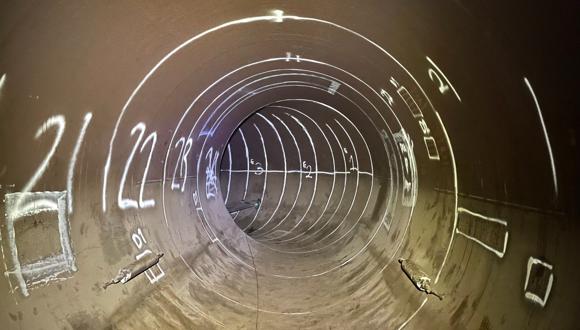 Picture 1
Picture 1
High Value, High-Risk Component
Due to the high cost of replacement and severe consequences of failure, there is a growing need to closely monitor the integrity of these buried pipelines throughout their lifecycle to prevent them from leaking or collapsing. These buried pipelines are subject to aging-related issues including excessive wall loss due to corrosion (internal or external) while a lack of confidence in the status of the CP system can raise serious concerns about the condition of the external surfaces of the pipe in contact with the soil.
The recommended solution to address the concerns about the likelihood and severity of the external corrosion damage on both pipelines in this scope with regards to the limited access to the external surfaces of the pipes (due to the concrete coating) was a thorough inspection (100% coverage) using Pulsed Eddy Current (PEC) method as the main inspection technique followed by ultrasonic thickness measurement at the reported anomalies.
Approach
A full-coverage inspection was conducted internally at both pipelines to identify the pipeline conditions against identified threats and damage mechanisms. A number of parameters were priorities during the inspections to ensure the accuracy of the integrity approach. Three methods of inspection were carried out concurrently to identify the general integrity of the pipes with the emphasis on the external surfaces as the most susceptible areas to corrosion threat:
- Visual inspection (VI):
- Pulsed Eddy Current inspection (PEC)
- Ultrasonic Thickness Measurement (UTTM)
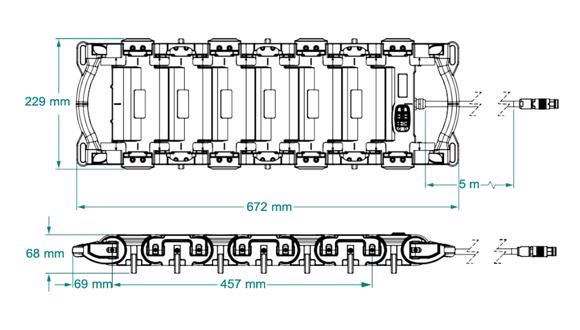 Picture 2 – Six Channel Probe
Picture 2 – Six Channel Probe
Fitness for Service Assessment
Fitness for service assessment was conducted on the reported anomalies to ensure the pipes are safe to continue the service. As well as carrying out the assessment according to a customised fitness-for-service (FFS) methodology, TWI also provided the client with an inspection strategy for the future, to ensure the most efficient use of resources and reduced inspection costs going forward.
The results of the assessment reflect that the pipelines are generally in good condition. A few corrosion monitoring locations were identified to be inspected using NDT methods in recommended intervals. The conclusion of the results indicates that however the CP system could not be checked, it is working efficiently on both pipelines by providing an acceptable level of protection and keeping the external corrosion rate below the theoretically expected rate. Inspection intervals of 5 years and 10 years were recommended for the pipelines.
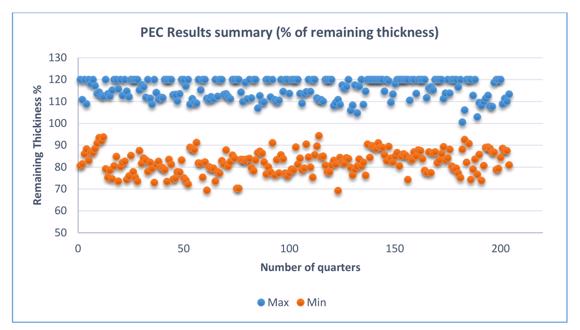 Picture 3 – Distribution of the minimum and maximum measured PEC Inspection Results alongside the pipe (inspection zones and quarters).
Picture 3 – Distribution of the minimum and maximum measured PEC Inspection Results alongside the pipe (inspection zones and quarters).
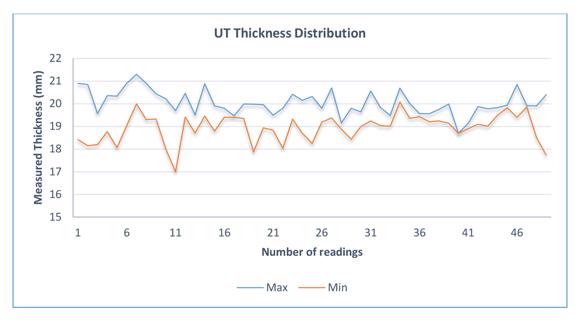 Picture 4 – Distribution of the remaining wall thickness along the pipe with minimum and maximum measured wall thickness data using UTTM grid scanning at the identified location (reported from PEC inspection)
Picture 4 – Distribution of the remaining wall thickness along the pipe with minimum and maximum measured wall thickness data using UTTM grid scanning at the identified location (reported from PEC inspection)
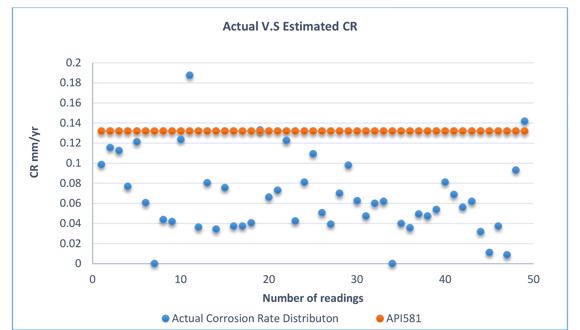 Picture 5 – Comparison of Theoretically Estimated Corrosion Rate against the Actual Calculated Corrosion Rate
Picture 5 – Comparison of Theoretically Estimated Corrosion Rate against the Actual Calculated Corrosion Rate
For further information about Integrity Management, and to find out more about TWI’s services to the oil and gas industry, please email engineering@twisea.com
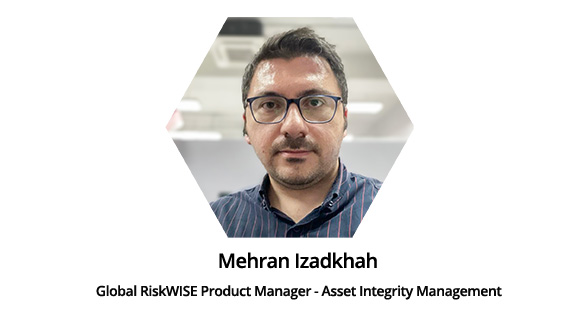 Mehran joined TWI in 2009. He has managed several projects of risk-based inspection, damage mechanism identification, fitness-for-services, offshore structural integrity assessment, pipeline integrity assessment, corrosion control, cathodic protection, protective coatings, and failure investigations.
He led the development of fully quantitative and semi-quantitative procedures, methodologies, and algorithms utilized in RBI assessment for various assets such as pipelines, boilers, and fixed equipment.
He is now the Global RiskWISE Product Manager, leading and managing the developments of TWI’s RBI and Integrity management software.
Mehran joined TWI in 2009. He has managed several projects of risk-based inspection, damage mechanism identification, fitness-for-services, offshore structural integrity assessment, pipeline integrity assessment, corrosion control, cathodic protection, protective coatings, and failure investigations.
He led the development of fully quantitative and semi-quantitative procedures, methodologies, and algorithms utilized in RBI assessment for various assets such as pipelines, boilers, and fixed equipment.
He is now the Global RiskWISE Product Manager, leading and managing the developments of TWI’s RBI and Integrity management software.